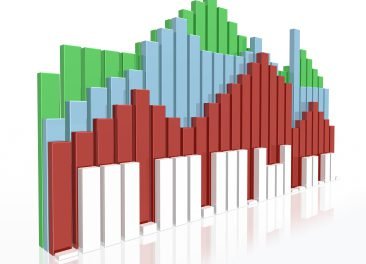The ongoing home inventory shortage has become a key factor in the nation’s volatile housing market in 2021. Driven by a severe supply-and-demand imbalance, inventory has reached historic lows in many parts of the country, leading us to ask: where are all the homes for sale?
Among the reasons that homeowners decided not to list their homes for sale during March through August 2021:
- 12% of homeowners cited refinancing as a reason for staying put, according to a recent Zillow
Since they began declining in 2020, mortgage interest rates have been near all-time lows. Homeowners have taken advantage of these low interest rates to refinance their homes to reduce their monthly mortgage payments. With new lower payments — and with the recent sunk investment of refinance mortgage origination fees — homeowners are less likely to list in the months following a refinance.
While this is a benefit to these refinancing homeowners, the refinance boom has reduced opportunities for homebuyers. U.S. multiple listing service (MLS) inventory is already severely limited, and this factor just makes the home searching process more competitive.
Here in California, the situation is even more volatile.
Low California inventory
While inventory for sale has risen from the historic low reached at the end of 2020, across California’s largest metros, inventory averaged 23% below a year earlier as of July 2021, according to data from Zillow. As of July 2021, compared to a year earlier, the inventory decline is the steepest with:
- 24% fewer listings in Riverside;
- 14% fewer listings in Los Angeles; and
- 16% fewer listings in San Diego.
On the flipside, San Francisco and San Jose both saw very slight increases in inventory for sale compared to the prior year with:
- 6% more listings in San Jose; and
- 1% more listings in San Francisco.
However, San Jose and San Francisco make up a small portion of California’s housing market, so their increase in inventory is an anomaly compared to the declining inventory across most of the state.
In 2020, over 1.1 million mortgages were refinanced in California alone, over twice as many as the 416,000 mortgage refinances closed in 2019. At the end of 2020, refinances made up a whopping 79% of all mortgage originations.
While state-level refinance numbers are not yet available for 2021, fixed rate mortgage (FRM) interest rates rose slightly in the first half of 2021, to fall back in Q3 2021. Thus, refinance reports are expected to show a continued inverse relationship to interest rates in 2021.
While the majority of refinances is now behind us, refinancing will continue to make up an oversized market share of mortgage originations in 2021 and 2022, reflective of fewer home sales and low interest rates. And although low interest rates are expected to continue into 2022, they are steadily inching higher, so this high refinancing trend is not expected to continue over the long term.
Related article:
Optimistic, the Fed begins its bond taper — and interest rates look up


















